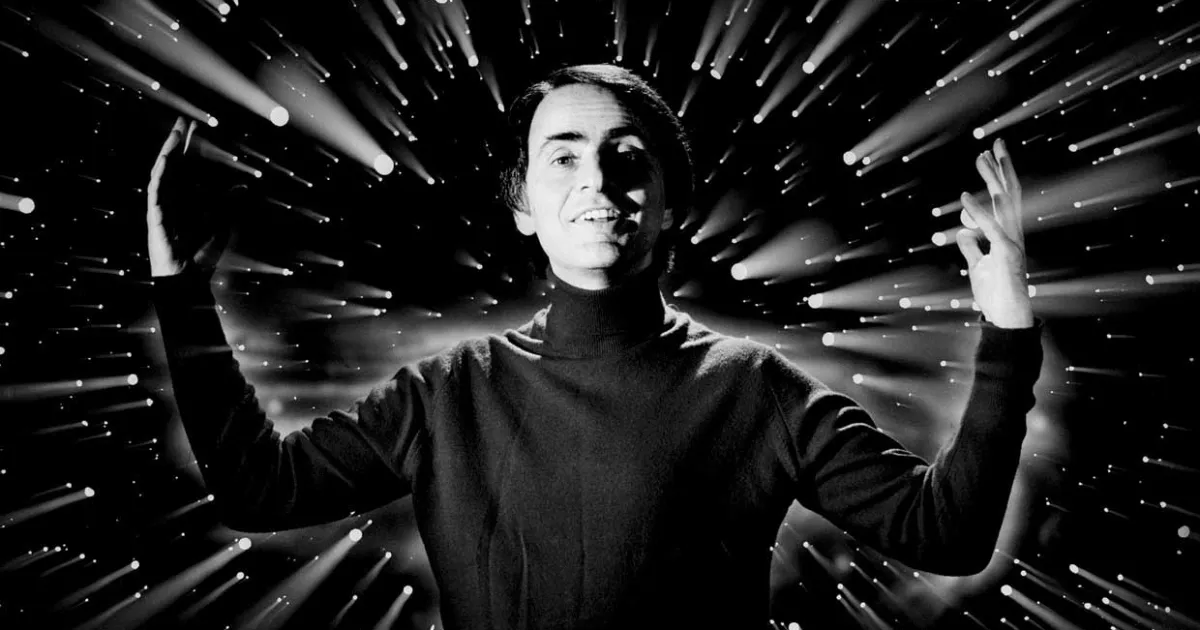The Sagan Standard | Why Extraordinary Claims Need Extraordinary Evidence
If someone tells you they saw a unicorn on their way to work. You’d probably want some pretty solid proof before believing them, right? That’s because we don’t have any evidence that unicorns exist. This idea is at the heart of the Sagan Standard, which says that the more unbelievable a claim is, the stronger the evidence needs to be to support it. On contrary, if someone says they saw a bull on their way to work, you’d need less proof since we all know bull exist. In this article delight, get to learn more about what the Sagan Standard is, why it’s important, and how to use it wisely.
What is The Sagan Standard ?
The Sagan Standard is a principle popularized by the astronomer Carl Sagan, which states that “extraordinary claims require extraordinary evidence” (abbreviated as ECREE). This means that if someone makes a claim that seems highly unlikely or contradicts established knowledge, they must provide very strong and convincing evidence to support it before it can be accepted. For example, If someone claims that drinking a particular herbal tea cured their cancer, this would be considered an extraordinary claim because it contradicts established medical understanding. Such a claim would require rigorous scientific studies and evidence before being accepted.
The sagan standard is also known as fundamental principle of scientific skepticism. The Standard encourages critical thinking and helps prevent people from accepting unlikely or unverified claims without sufficient proof.
Why extraordinary claims require extraordinary evidence
By setting a higher bar for proof, the Sagan Standard ensures that our understanding of the world is built on a solid and reliable foundation. Extraordinary claims often challenge or contradict established knowledge. To overturn what is widely accepted in science, history, or common experience, the evidence supporting such claims must be exceptionally convincing. This standard helps prevent gullibility, ensuring that people don’t easily fall for false or misleading information. The Sagan Standard also helps balance open-mindedness with healthy skepticism, making sure we carefully weigh the plausibility of new ideas before accepting them. Requiring extraordinary evidence protects credibility and ensures that only well-substantiated claims are taken seriously.
Examples that illustrate the Sagan Standard
If someone claims they have solid evidence of ghosts or paranormal activity, this would be extraordinary because such phenomena are not supported by mainstream science. High-quality bold evidence would be required to validate this claim.
Claiming that the Apollo moon landings were staged requires significant evidence to counter the extensive documentation and evidence supporting the landings.
If someone claims to have built a perpetual motion machine (a device that runs forever without any energy input), this would be an extraordinary claim because it violates the known laws of physics. To prove it, the machine would need to undergo extensive testing and validation by the scientific community.
If someone claims they were abducted by aliens, this is an extraordinary claim because there is no widely accepted evidence that extraterrestrial life has visited Earth. To believe this claim, we would require exceptionally strong evidence.
Claiming to have traveled back in time would need strong evidence because current scientific understanding doesn’t support time travel.
Applying ECREE Fairly
ECREE doesn’t mean we should automatically ignore all unusual claims. For instance, when cyclist Lance Armstrong was accused of using illegal drugs, he used ECREE to argue against those accusations. However, since doping was not uncommon in his sport, using ECREE in this case wasn’t entirely fair. The sagan standard doesn’t say that studies supporting popular ideas should be less thorough than studies challenging them. Both kinds of research should be held to high standards. But if someone wants to prove something that goes against well-established science, they need to provide a lot more evidence than if they’re supporting existing ideas. For example, proving astrology works would need a huge amount of evidence, while creating a new personality test based on known theories would need significant but less extensive proof. ECREE helps us decide how much evidence is reasonable based on how surprising or unlikely a claim is.
Steps in Implementing the Sagan Standard, or ECREE in your own life !
- Assess the Claim’s Likelihood
- Demand Strong Evidence for Extraordinary Claims
- Examine the evidence provided with an open mind but maintain a critical approach ( replication, credibility, peer review etc )
- Don’t use ECREE to automatically dismiss claims just because they are unusual.
- If you make a claim that challenges existing views, be prepared to provide strong evidence to support it. This helps maintain credibility and encourages others to consider your claims seriously.
Final takeaway
By demanding stronger evidence for claims that defy established knowledge, we ensure that our beliefs and decisions are grounded in rigorous and reliable information. However, it’s equally important to apply this principle thoughtfully and fairly, avoiding the pitfalls of dismissing valid claims simply because they are unusual. Whether assessing others’ claims or evaluating our own, adhering to the Sagan Standard helps us make better decisions and have a clearer view of the world around us. By demanding rigorous proof for extraordinary claims, we protect ourselves from false information while remaining open to new ideas that could reshape our understanding.
Further insights ; read the study https://www.ncbi.nlm.nih.gov/pmc/articles/PMC3114207/
You might also like to read : Top 3 Strategies to Avoid the Halo Effect https://thebrightdelights.com/top-3-strategies-to-avoid-the-halo-effect/
